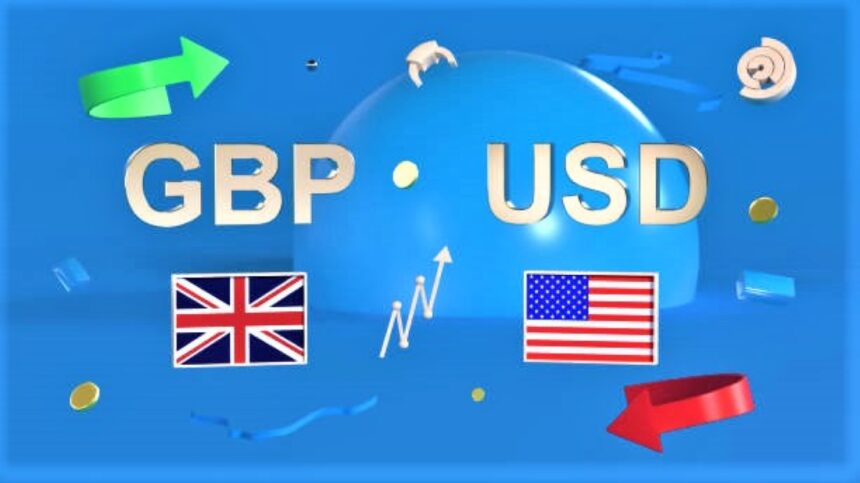GBPUSD up around 1.2630 as a result of lower UK business confidence.
A stable US dollar (USD) helps GBPUSD comeback after losing the previous three sessions in a row. At 1.2630 on Wednesday during the Asian session, the GBPUSD pair sees gains.
IMF Managing Director Kristalina Georgieva anticipates lower policy rates in 2024 as a result of declining inflation.
The mild remarks made by Kristalina Georgieva, managing director of the International Monetary Fund (IMF). Could put further downward pressure on the USD.
During a conversation with IMF Managing Director Georgieva gave a positive assessment of the US economy on CNN on Tuesday. Encouraging people to “cheer up.” She emphasized that even with a strong job market, interest rates should start to decrease in 2024 as a result of lower inflation. This optimistic view offers a less pessimistic assessment of the Federal Reserve’s (Fed) interest rate trajectory and points to a possible reduction in economic pressures.
Better US Treasury yields could keep the US Dollar Index (DXY) strong. By the time of publication, the yields on US bond coupons for the two and ten years had improved to 3.94% and 4.32%, respectively. When the world economy began to slow down at the end of 2024, investors first turned to the USD for safety. But things are changing as market participants reassess their bold wagers on the Fed’s impending rate decreases.
Economic Confidence Index dropped to 28 from the previous month’s decline of 21, prompting UK executives to call on the BoE to cut interest rates.
The bleak picture for the British economy puts pressure on the Pound Sterling (GBP) to be sold. The British directors’ economic confidence index fell to 28 in December from a decrease of 21 the previous month. Indicating a persistent decline in their optimism about the country’s economy over the next 12 months, according to the Institute of Directors’ study. Business leaders in the UK are pressuring the Bank of England (BoE) to quickly reduce interest rates in order to help the flagging economy.
Concerns were raised further by S&P Global’s analysis. Which claimed that by the end of 2023, manufacturing production in the UK had declined more quickly than before. These days, a lot is expected from the Bank of England (BoE). to lower interest rates beginning in May 2024, in line with the belief that a technical recession could hit the UK economy.
The US data releases take place on Wednesday. And they include the Federal Open Market Committee (FOMC) Minutes. The December ISM Manufacturing PMI. And the November JOLTS Job Openings. Should there be no significant data from the UK docket this week. Market players will be observing low-impact events such as the Halifax house prices and the December S&P Global/CIPS Composite PMI.









